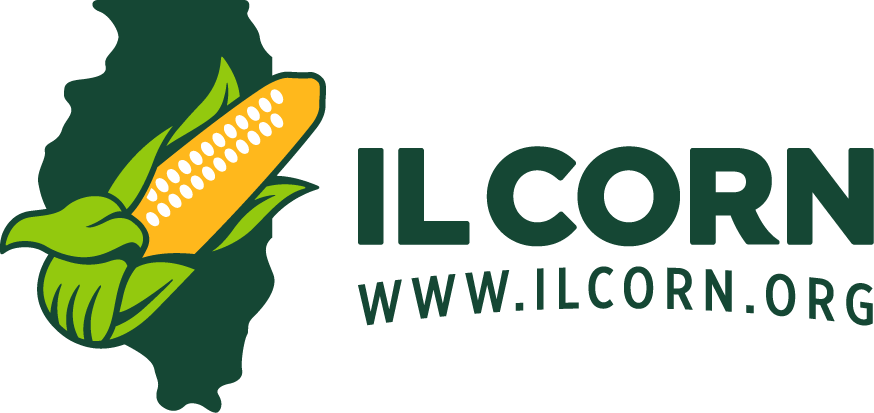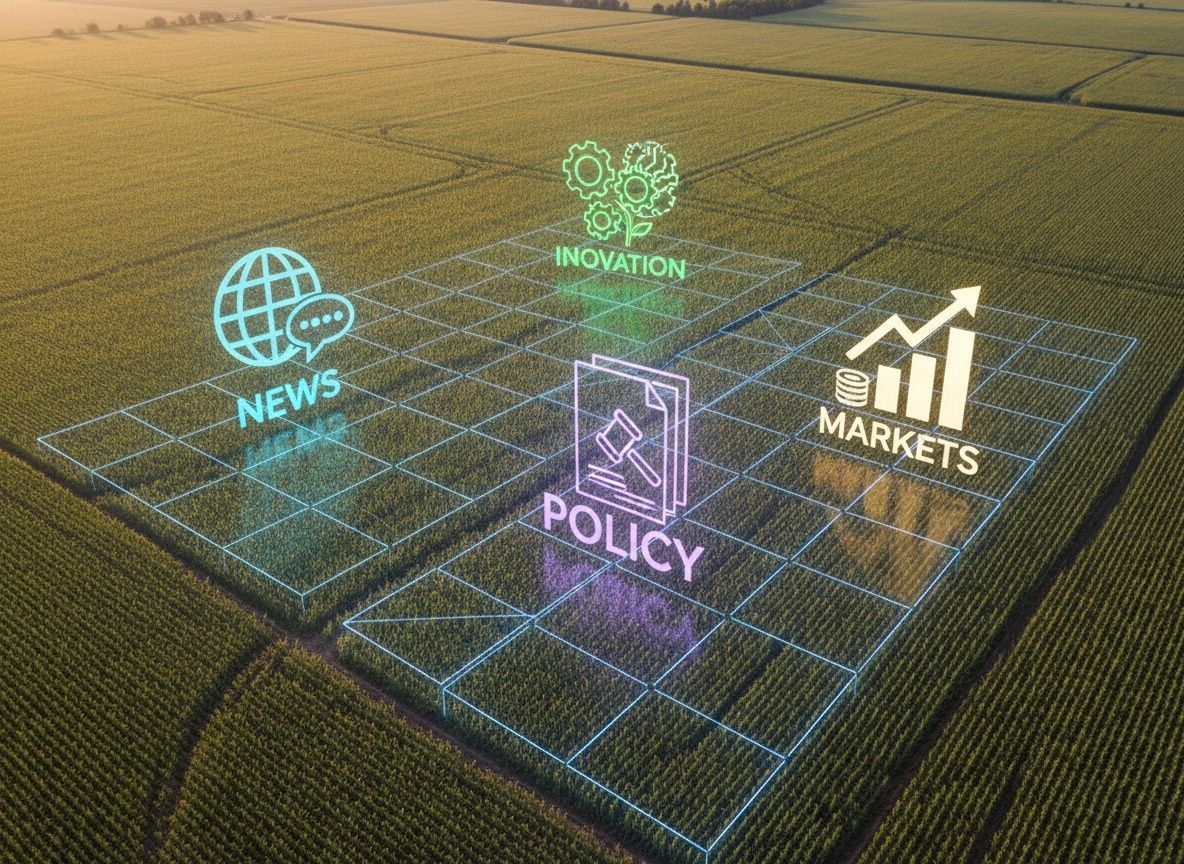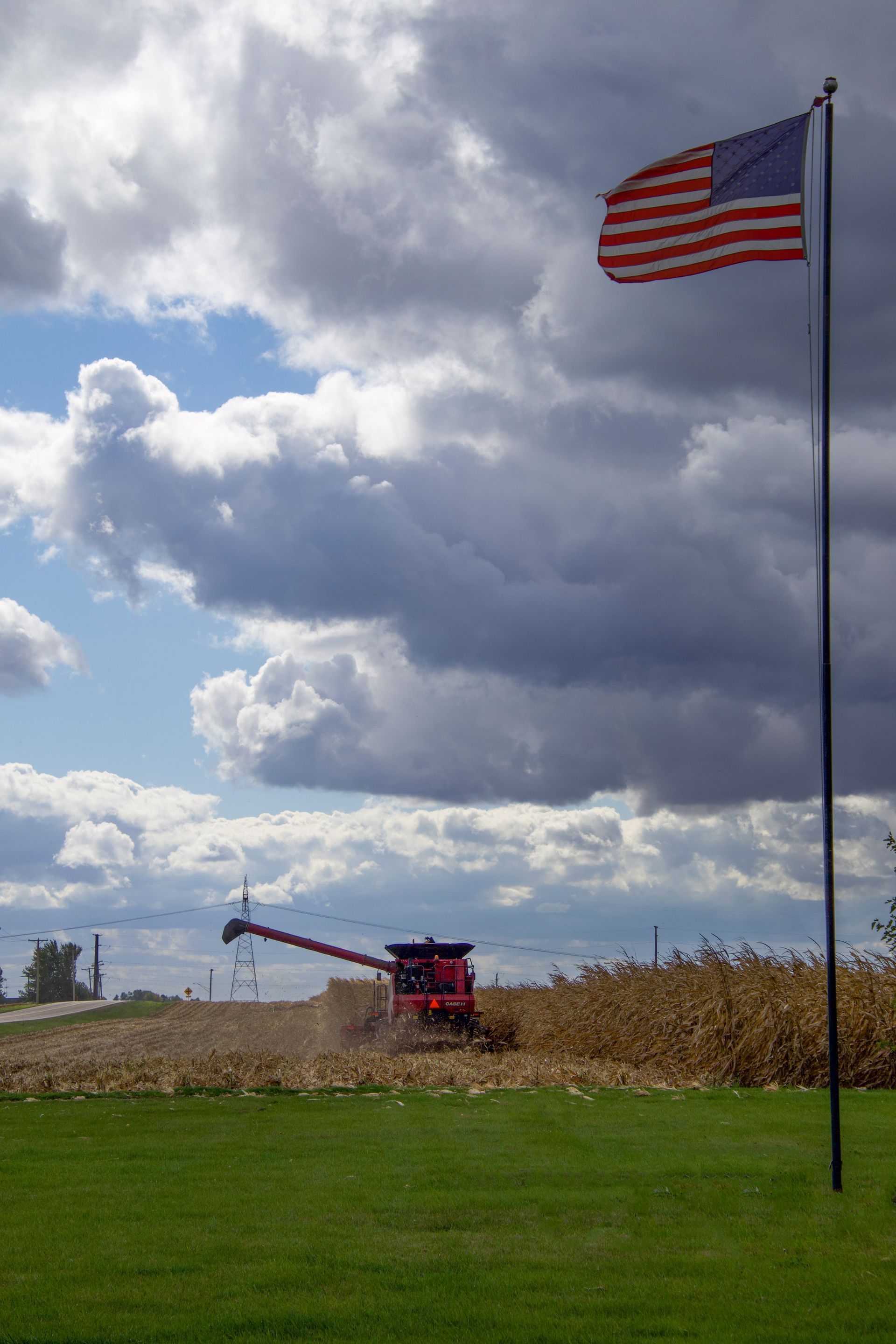Preventing Slips, Trips, and Falls While Farming
Lyndi Allen
September 24, 2025
Preventing Injury One Step at a Time
Farmers risk injury from slips, trips, and falls every day due to the various types of work and unlevel surfaces throughout the day.
Through this work, the various types of surfaces and conditions include:
- Mud, ice, wet, or oily patches
- Uneven or rough ground, wooden, or concrete steps
- Working across changes in visibility (bright daylight into dark nights)
- Using ladders or climbing into equipment
These risks include ground level risks and heights, but even low-level falls can cause serious injury. AgriSafe states that fall hazards above 10 feet are particularly dangerous.
Common hazards to watch for:
- Tripping on loose objects: tools, cords, feed sacks, or debris
- Slippery or uneven surfaces: wet or worn floor mats, slick steps, muddy, or icy ground
- Poor lighting: sudden shifts from bright to dark areas
- Climbing risks: ladders, stepping on unstable or damaged handholds
- Obstructed vision: carrying large items that block view
Safety practices and tips:
- Use handrails when available
- Three-point contact rule—maintain three points of contact when mounting or dismounting ladders (e.g. 2 hands + 1 foot)
- Inspect tools and ladders regularly
- Use appropriate footwear and gloves
- Improve lighting and transitions—make sure areas are well lit and remove sunglasses at appropriate times
- Mange load size and visibility—keeping vision clear helps avoid tripping
- Maintain clean, clear walkways
- Limit distractions—avoid using cell phones and engaging in distracting in conversations in areas where slips/trips/falls are more likely






